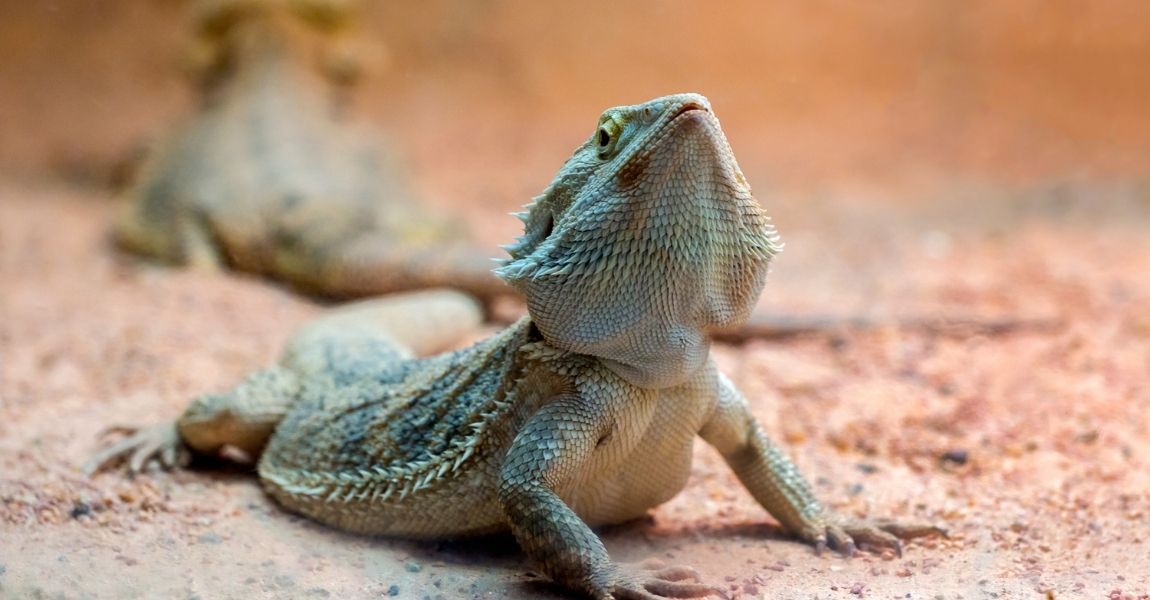Introduction:
Sugar gliders are adorable and fascinating pets known for their ability to glide effortlessly through the air. As a responsible sugar glider owner, you may wonder how to train your furry friend to showcase impressive gliding tricks. While it requires patience, consistency, and a controlled environment, teaching your pet sugar glider to glide and perform tricks can be a rewarding experience. In this article, we will guide you through the steps to help your sugar glider become a master of the skies.
Bonding and Trust Building:
Before diving into gliding tricks, it's crucial to establish a strong bond with your sugar glider. Spend quality time together, hand-feed treats, and create a comfortable environment within your home. This will lay the foundation for successful training and ensure your pet feels safe and secure in your presence.
Understand Natural Gliding Behavior:
Sugar gliders are born with the innate ability to glide, which is a natural survival instinct. Observe their behavior in the wild or through videos to understand how they control their glides and navigate obstacles. This knowledge will help you design training exercises that align with their instincts and abilities.
Construct a Safe and Controlled Environment:
Choose a dedicated space, such as a large room or enclosed area, to conduct gliding training. Ensure there are no potential hazards, such as open windows or objects that could harm your sugar glider during practice. Consider covering walls and windows with soft materials or mesh netting to provide a safe landing surface.
Gradual Introduction to Gliding:
Start by introducing your sugar glider to the concept of gliding within a controlled environment. Begin from low heights, such as a low table or chair, to build confidence. Gently hold your glider and allow them to glide short distances. Use treats or toys as motivators to encourage them to glide towards you or a designated landing spot.
Target Training:
Introduce target training to help your sugar glider focus on specific landing spots or objects. Attach a small, visible target, such as a colored sticker, to a designated area. With treats as rewards, guide your glider to glide and land precisely on the target. Gradually increase the distance between targets to expand their gliding abilities.
Obstacle Courses and Tricks:
Once your sugar glider is comfortable with basic gliding, it's time to introduce obstacle courses and tricks. Set up a series of objects, such as hoops or tunnels, and encourage your glider to glide through them. Start with wider gaps and gradually narrow them to enhance their agility. Use positive reinforcement and rewards to reinforce successful attempts.
Practice and Patience:
Consistency is key when training your sugar glider. Schedule regular training sessions, but remember to keep them short and engaging. Sugar gliders have short attention spans, so keep the exercises fun and rewarding. Avoid forcing them to perform tricks if they appear stressed or uninterested, as it may hinder progress.
Seek Professional Guidance:
If you feel unsure or encounter difficulties during the training process, consider consulting a professional exotic animal trainer or joining a sugar glider enthusiast group. They can provide expert guidance, share experiences, and offer valuable tips to help you and your pet achieve gliding mastery.
Conclusion:
Teaching your pet sugar glider to glide and perform tricks requires time, patience, and a controlled training environment. By gradually introducing gliding, target training, and obstacle courses, you can help your sugar glider develop their natural abilities and showcase impressive gliding tricks. Remember to prioritize safety, provide positive reinforcement, and enjoy the process of bonding with your extraordinary little companion. With dedication and care, you and your sugar glider will soar to new heights together!





